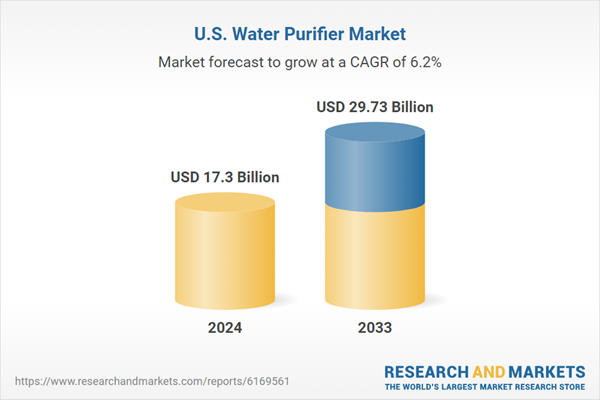The Role of Digital News Subscriptions in Advancing Sustainable Development Goals
Introduction: The Digital Transformation of Media and Sustainability
The transition from traditional print to digital news platforms, such as e-Newspapers available on desktop and mobile devices, represents a significant shift in media consumption. This evolution, often supported by subscriber-only models, has profound implications for achieving the United Nations Sustainable Development Goals (SDGs). By investing in digital replicas of newspapers, both publishers and consumers contribute to a more sustainable, informed, and equitable global community.
Environmental Stewardship through Digitalization (SDGs 12, 13, 15)
The primary environmental benefit of e-Newspapers lies in the dematerialization of news, directly supporting goals related to responsible consumption, climate action, and life on land.
- SDG 12: Responsible Consumption and Production: Digital distribution eliminates the need for paper, ink, and the physical waste associated with printed newspapers, promoting a circular economy and sustainable consumption patterns.
- SDG 13: Climate Action: The carbon footprint is significantly reduced by cutting emissions from the entire print lifecycle, including paper production, printing press operations, and fuel-intensive delivery logistics.
- SDG 15: Life on Land: Decreased demand for paper pulp directly contributes to the reduction of deforestation, helping to protect forests, halt biodiversity loss, and preserve terrestrial ecosystems.
Fostering Strong Institutions and Informed Communities (SDGs 4, 11, 16)
A subscription-based model for quality journalism is fundamental to building the institutional and societal bedrock required for sustainable development.
- Supporting Strong Institutions (SDG 16): Financially stable and independent news organizations are crucial for ensuring public access to information, promoting justice, and holding institutions accountable. Subscriptions provide a direct revenue stream that safeguards journalistic integrity.
- Enhancing Quality Education (SDG 4): Reliable and accessible news sources are vital tools for lifelong learning and civic education. Digital platforms increase the reach of high-quality information, empowering individuals to make informed decisions.
- Building Sustainable Communities (SDG 11): Local journalism, sustained by community subscribers, strengthens civic engagement and social cohesion. An informed public is better equipped to participate in creating inclusive, safe, and resilient communities.
Economic and Infrastructural Contributions (SDGs 8, 9)
The digital news model also drives economic growth and technological innovation.
- SDG 8: Decent Work and Economic Growth: The subscription model creates a sustainable financial foundation for the media industry, supporting decent work for journalists, editors, designers, and technology professionals.
- SDG 9: Industry, Innovation, and Infrastructure: Investment in e-Newspaper platforms and mobile applications drives innovation in digital infrastructure, enhancing connectivity and promoting the adoption of new technologies.
Conclusion: A Partnership for the Goals (SDG 17)
The relationship between a news provider and its subscribers is a powerful partnership for sustainable development. By choosing to subscribe to digital news, consumers actively participate in a system that supports environmental responsibility, strengthens democratic institutions, and fosters economic stability, thereby advancing a wide spectrum of the Sustainable Development Goals.
Analysis of SDGs, Targets, and Indicators
1. Relevant Sustainable Development Goals (SDGs)
- SDG 16: Peace, Justice and Strong Institutions
- The article’s message that content is “ONLY AVAILABLE FOR SUBSCRIBERS” highlights an issue of access to information. This directly connects to SDG 16, which aims to build effective, accountable, and inclusive institutions at all levels, with public access to information being a cornerstone of this goal.
- SDG 10: Reduced Inequalities
- The subscription model described in the article implies a cost, creating a financial barrier to information. This relates to SDG 10, as such barriers can exacerbate inequality by limiting access to news and knowledge for individuals with lower economic status, thereby hindering their social and political inclusion.
2. Specific SDG Targets
- Target 16.10: Ensure public access to information and protect fundamental freedoms, in accordance with national legislation and international agreements.
- The article’s core issue, a paywall restricting access to a digital newspaper, directly pertains to this target. The “subscribers only” model is a practical example of a limitation on broad “public access to information,” even if it is a legitimate business practice.
- Target 10.2: By 2030, empower and promote the social, economic and political inclusion of all, irrespective of age, sex, disability, race, ethnicity, origin, religion or economic or other status.
- The requirement to “please subscribe” to access the e-Newspaper can exclude individuals based on their “economic status.” This connects to Target 10.2 because access to information is vital for informed participation in society, and restricting it can hinder the inclusion of those unable to pay.
3. Mentioned or Implied Indicators
- Implied Indicator for Target 16.10: Prevalence of financial barriers limiting access to information.
- The article does not state any formal indicators. However, the “subscribers only” policy itself acts as a qualitative data point. It implies the existence of a financial barrier, suggesting a potential indicator related to the proportion of major news sources that are behind a paywall, which measures the practical level of public access to information.
- Implied Indicator for Target 10.2: Disparity in information access across different socioeconomic groups.
- The article implies a divide between those who can afford to subscribe and those who cannot. This suggests an indicator that could measure the gap in access to essential digital information and news services between different income brackets, thereby quantifying a form of digital inequality.
4. Summary Table of Findings
| SDGs | Targets | Indicators |
|---|---|---|
| SDG 16: Peace, Justice and Strong Institutions | Target 16.10: Ensure public access to information and protect fundamental freedoms… | Implied Indicator: The existence and prevalence of financial barriers (e.g., subscription paywalls) that limit public access to information from news media. |
| SDG 10: Reduced Inequalities | Target 10.2: By 2030, empower and promote the social, economic and political inclusion of all, irrespective of… economic or other status. | Implied Indicator: Disparity in access to digital information sources between different economic groups, as created by “subscribers only” models. |
Source: tampabay.com






